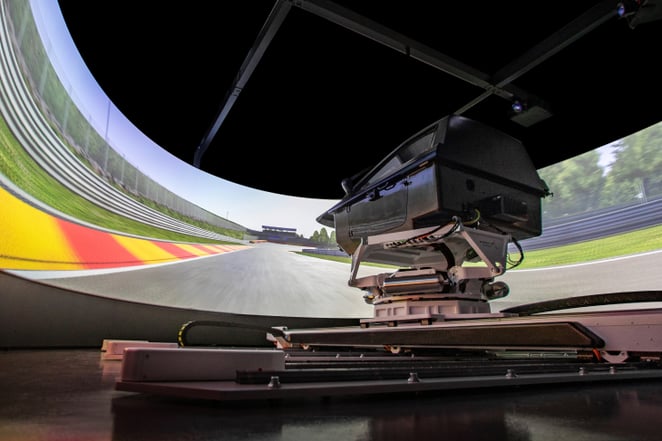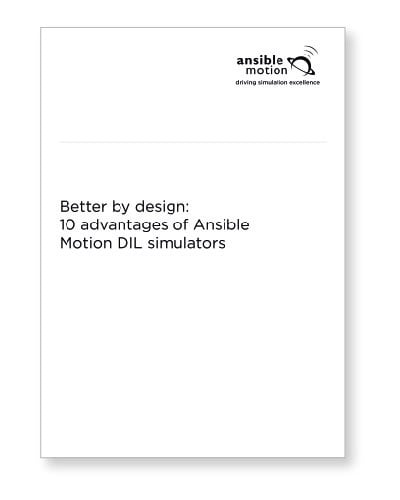 The 2022 Autobacs SUPER GT Series began recently at Okayama International Circuit, and Honda Racing aims to build upon their existing successes. Since the launch of their front-engine layout Honda NSX-GT in 2020, they’ve won eight of the last 16 races in GT500 competition.
The 2022 Autobacs SUPER GT Series began recently at Okayama International Circuit, and Honda Racing aims to build upon their existing successes. Since the launch of their front-engine layout Honda NSX-GT in 2020, they’ve won eight of the last 16 races in GT500 competition.
In November, it was announced that Honda R&D Sakura (HRD Sakura) had commissioned Ansible Motion’s latest driver-in-the-loop (DIL) simulator, the Delta S3, for use in virtual testing and developing future road and racing technologies.
Before the start of SUPER GT official pre-season testing, I had the opportunity to speak with Ansible founder and technical director, Kia Cammaerts, about the benefits of their Delta series S3 DIL, as well as the growth and progression that the company has made since beginning operations in 2009. It was an informative and in-depth chat, with some very fascinating and humorous stories included!

RJO: First, as an explainer for those who may not know – because this may be some reader’s first experience – what is a driver in the loop simulator?
KC: Essentially, what we do is we create the bit that sits between the real human driver and the imagined system, or the virtual system, whatever that is. And, of course, it’s a car, but the system that you’re focusing on deriving information about – it may not just be the whole car, it may be a particular aspect of it. So what you’ve got to do is take a real human and connect that to a virtual, imagined thing. And how do you do that?
In the simplest possible way, you’d take a racing game, and you have a rendering of what you’d see. And you have a simple way of putting driver inputs in – a little gaming steering wheel, pedals, something to change to change gear with, and you’re away, you can do that. But that doesn’t actually result in anything more than exercising the imaginary system, the virtual model. It doesn’t really engage the human. And the benefits of engaging a human, particularly a skilled one, are completely lost, so you basically sort of wind the knob up and continue winding the knob up and you get to 11.
And then that’s where we come in. We put huge emphasis on vestibular stimulation of the person. Basically, we make a motion system that will move the human around, move the driver around and give them inputs that make them behave more or less as they would in the real car. And then there’s a whole host of other immersive technologies and things that you do to make the driver react more so they’re in a real car than as though they’re in a simulator.
Read the full article on the Daily Sports Car website.



